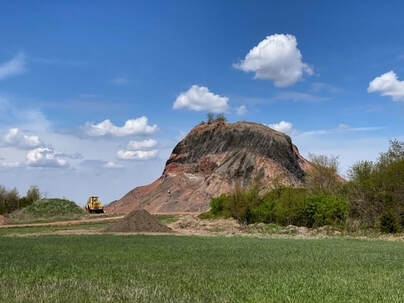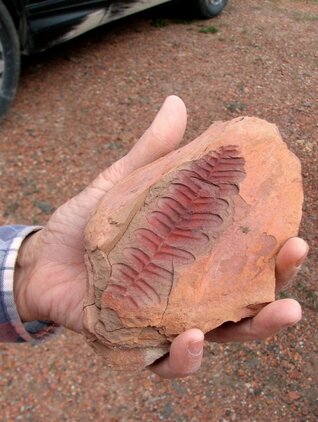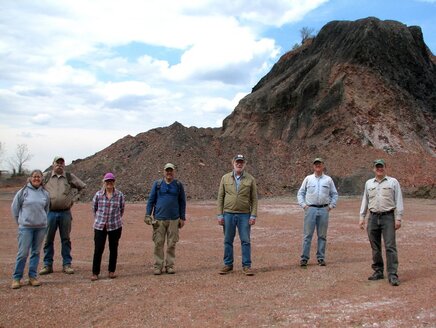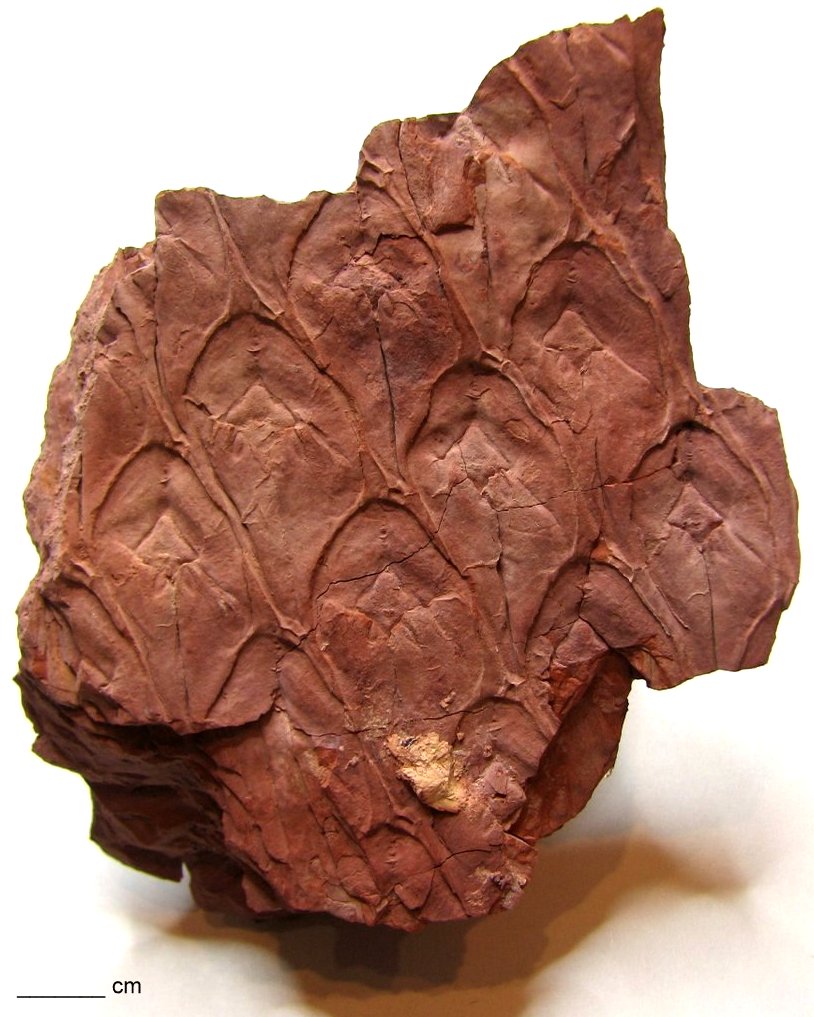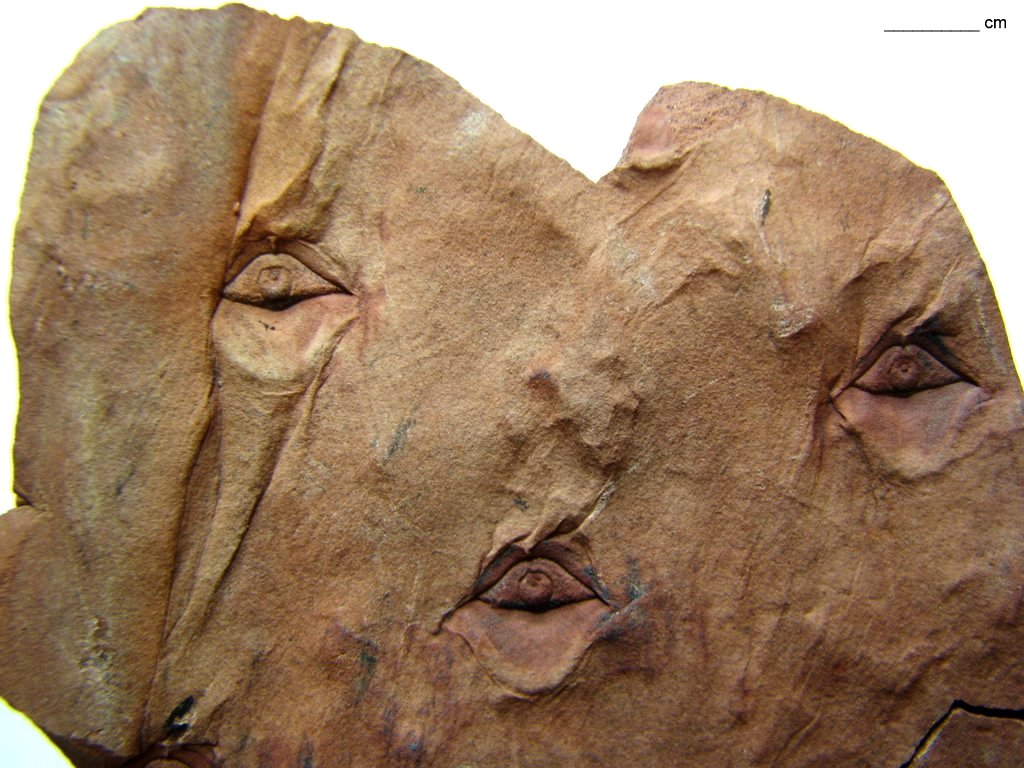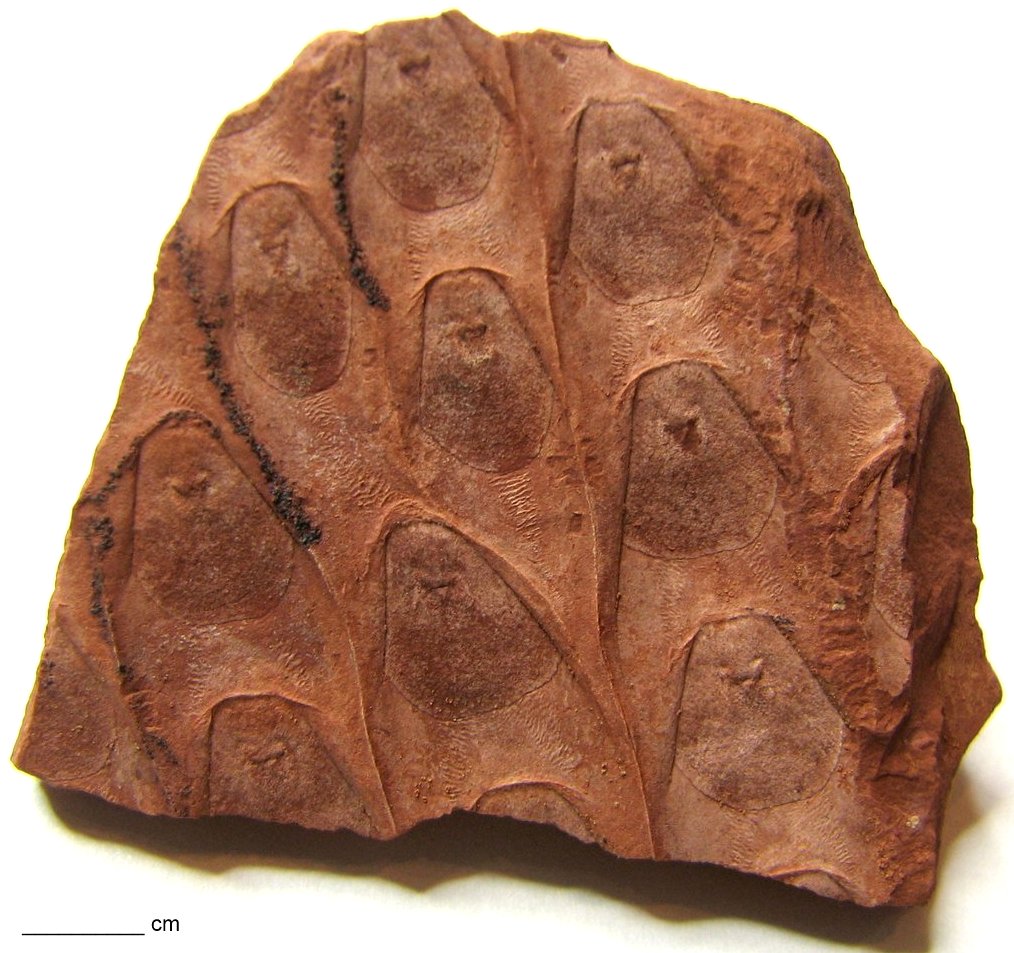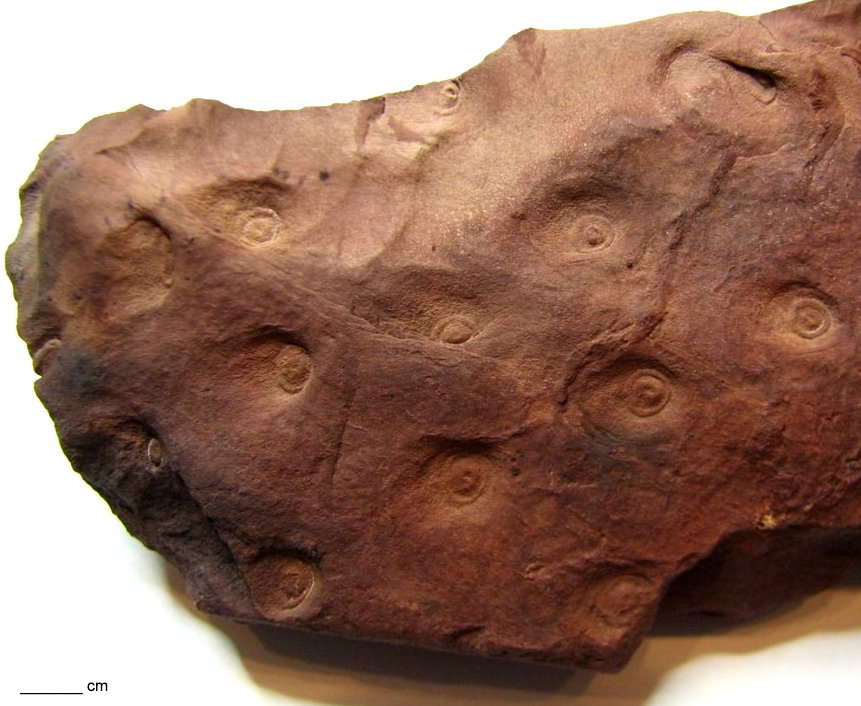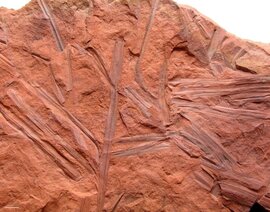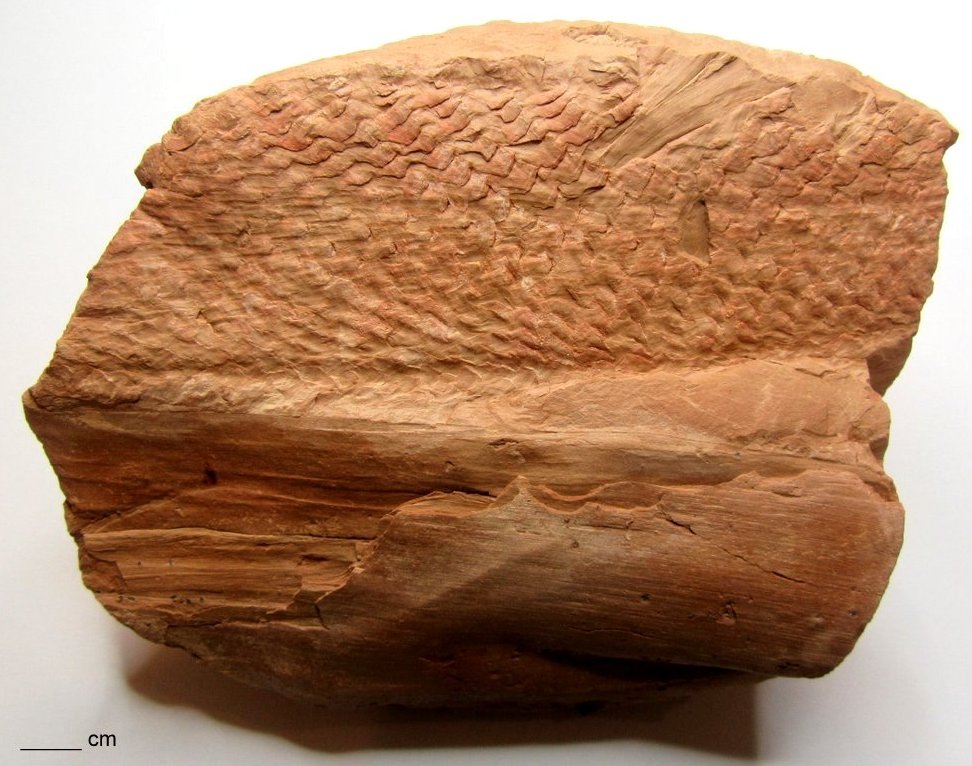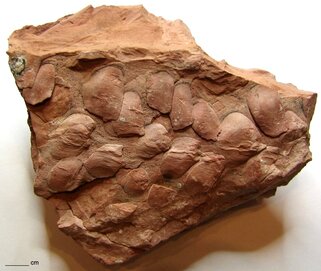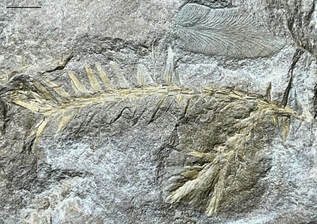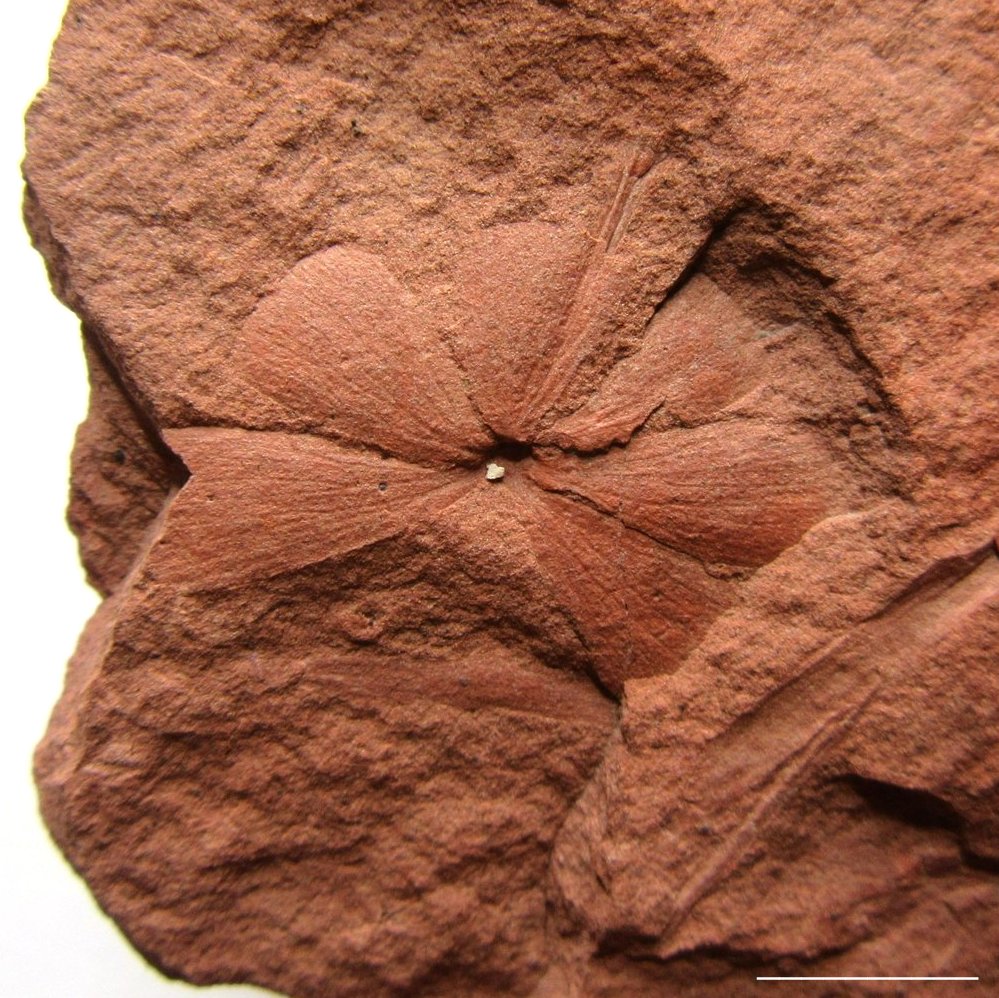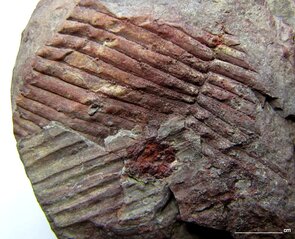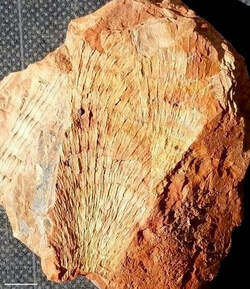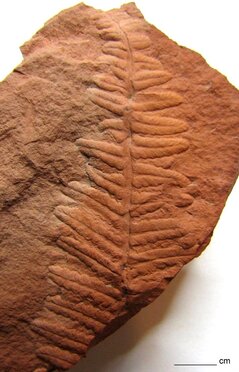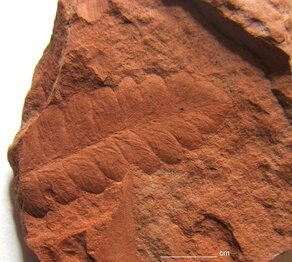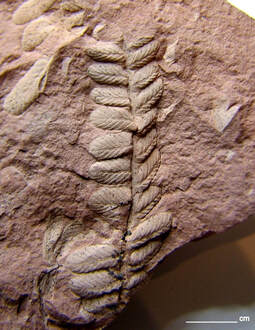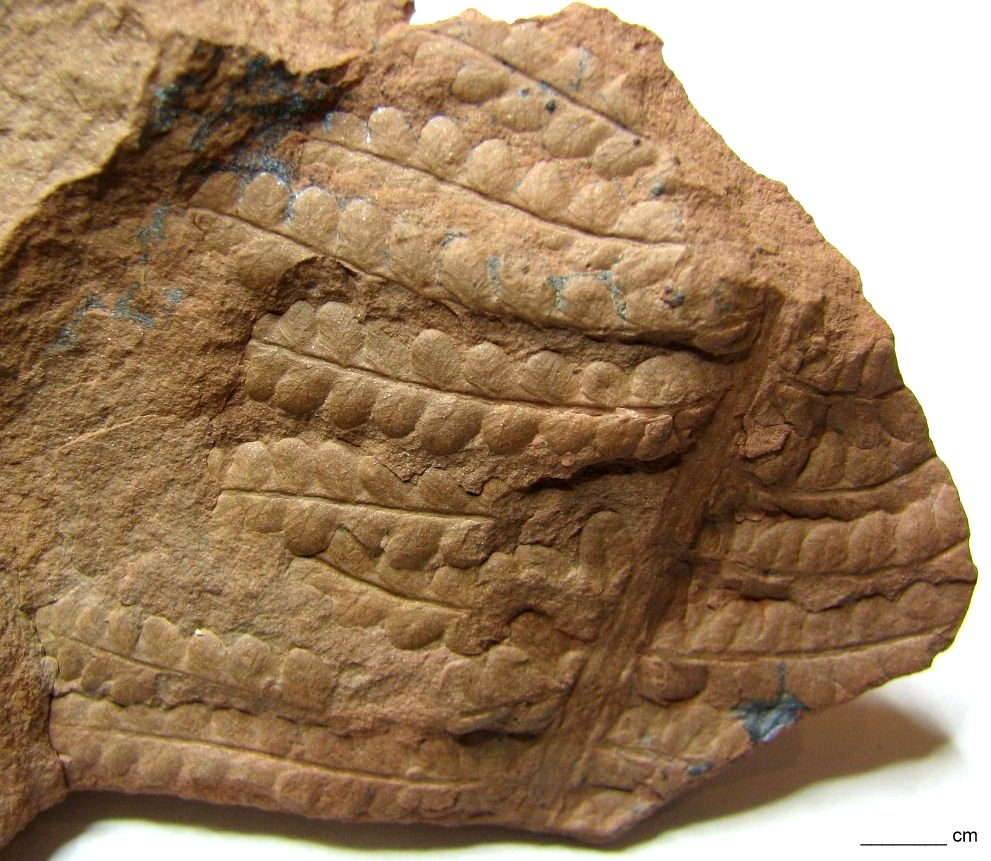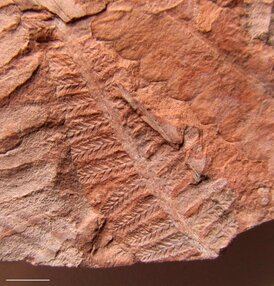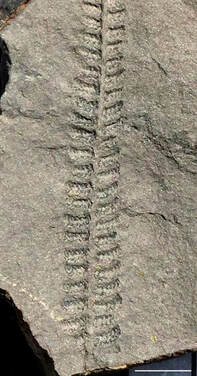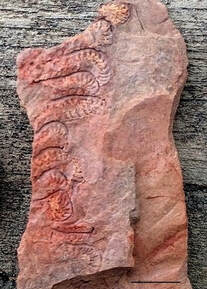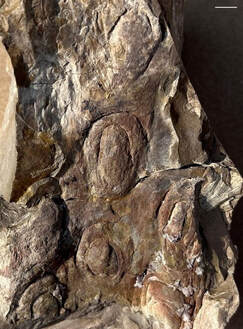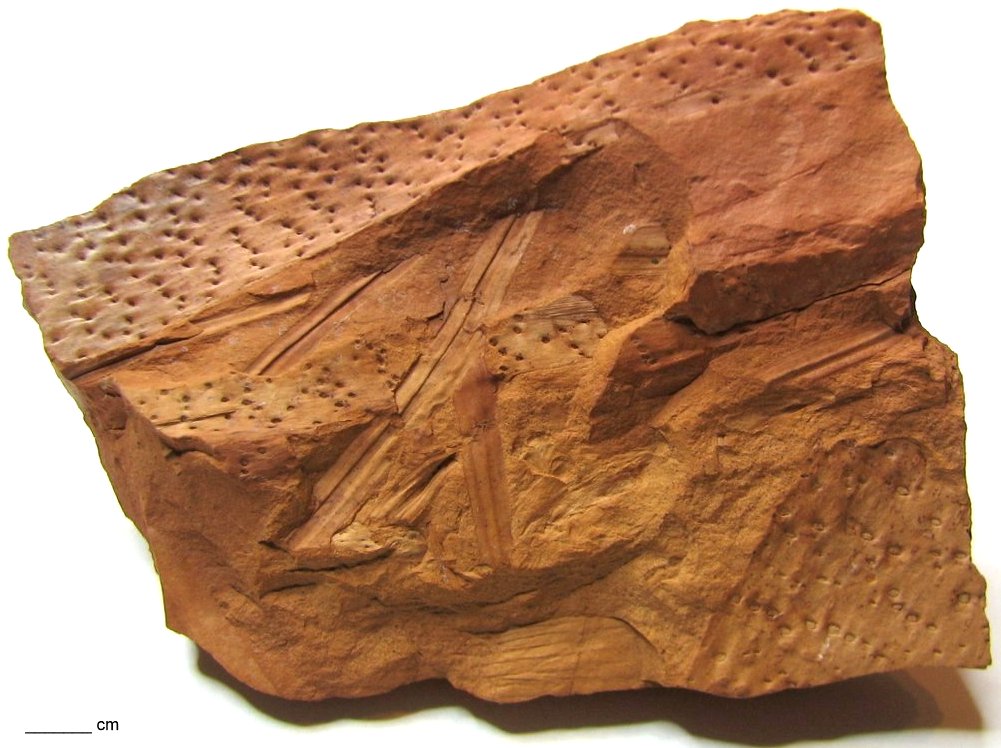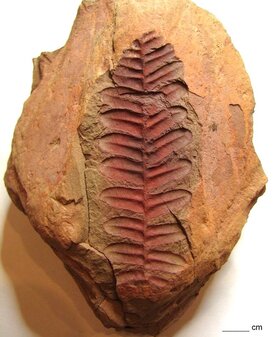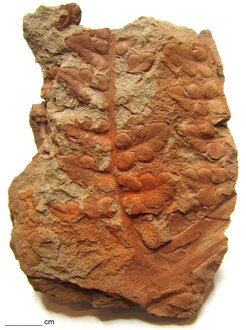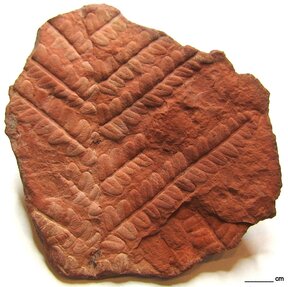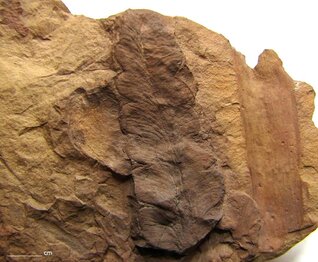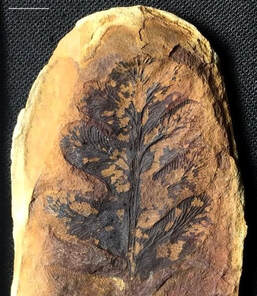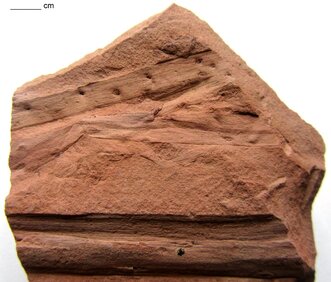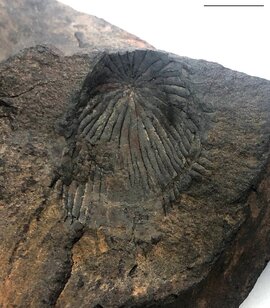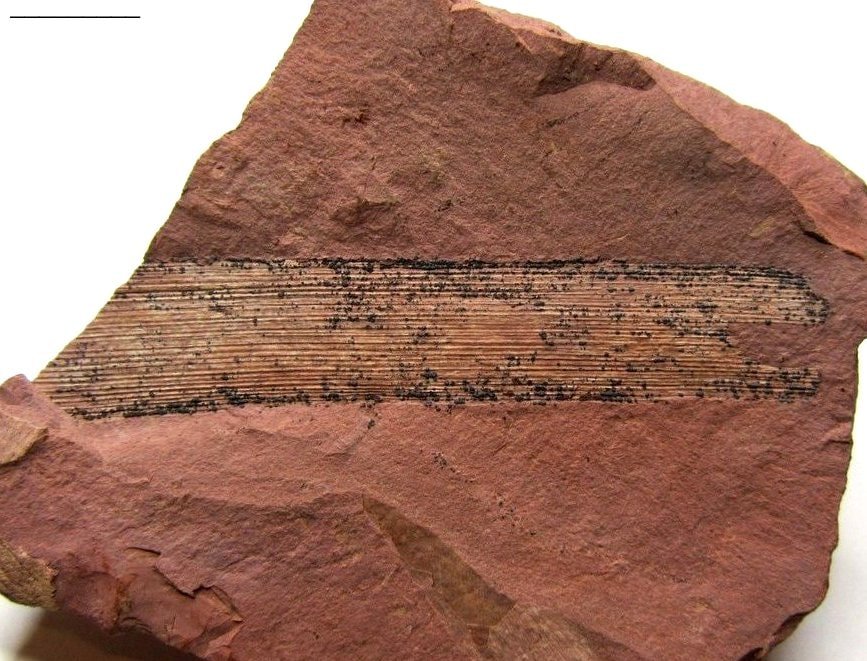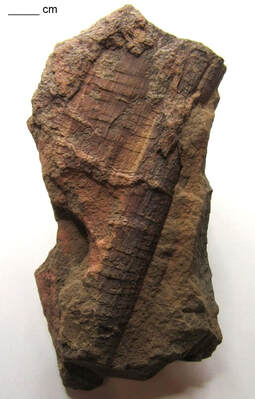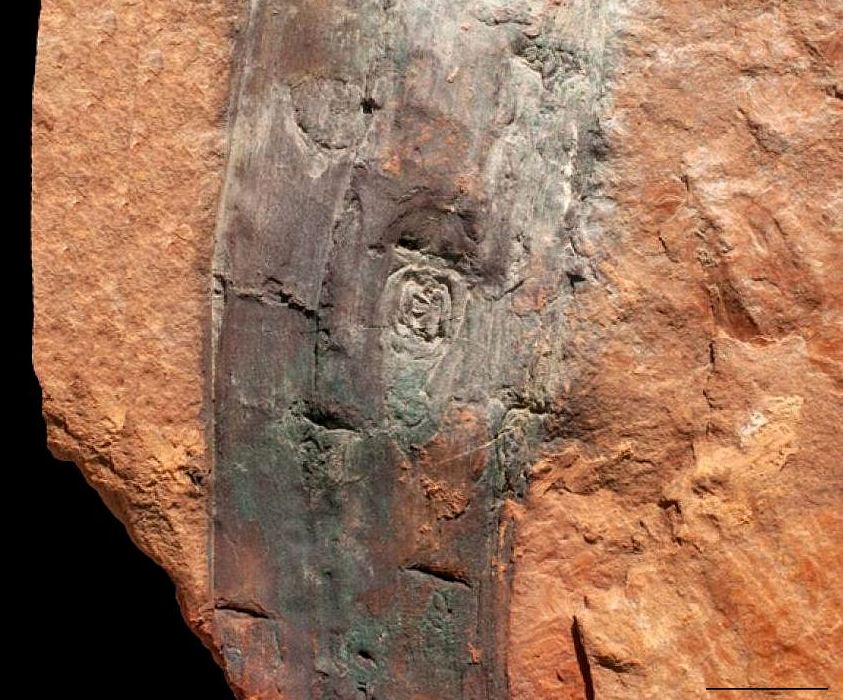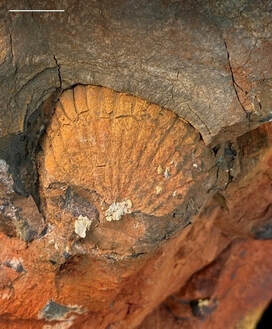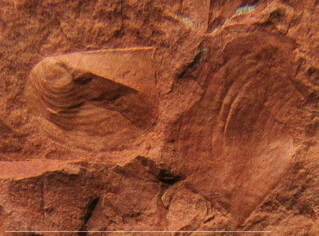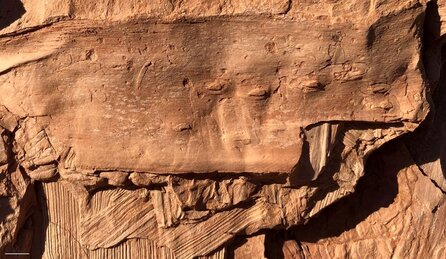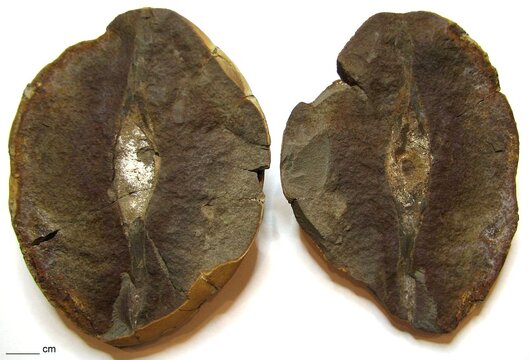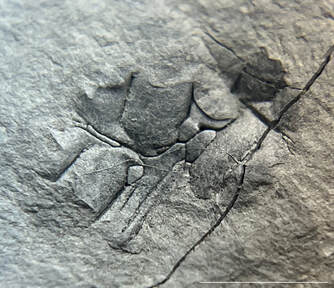Herrin Fossil Flora and Fauna - Index
|
In the spring of 2021, the Earth Science Club of Illinois (ESCONI) was granted special collecting access to an early 20th century shaft mine spoil near Danville, Illinois. The coal mine opened there in 1904 and operated for forty plus years under four different companies. The goal was to extract Herrin Coal # 6: a seam averaging 6 feet in thickness, at a depth underground of over 200 feet. Above the coal layers in Illinois are roof shales that can host concretions containing fossils of the plants and animals that were buried by flooding sediments and rising sea level approximately 300 million years ago.
|
Photo: Bruce Lauer
|
This Herrin Coal seam and its corresponding cyclothem strata are roughly 1.5 million years younger than the Illinois Colchester #2 Coal and the Francis Creek roof shale now famous for its Mazon Creek fossil assemblage. Both coals are Middle Pennsylvanian in age and part of the Carbondale Formation (307 and 308.5 MYA, respectively).
|
Callipteridium neuropteroides in Red Dog Shale.
|
Illinois Carboniferous fossils are often best-preserved in hardened, iron carbonate concretions, but they also occur as soft carbon impressions in roof shales absent the siderite-forming process. Because of the fragility of the shale and the speed at which it decays when exposed to the elements, we generally see fewer of the compression fossils at collecting sites. However, there is a phenomenon in shaft mine overburden that occasionally preserves these delicate forms. It is a kind of “cooking” of the shale by spontaneous combustion deep inside the pile. When iron sulfide is exposed to water and air, it oxidizes and the intense heat can ignite the surrounding coals and other flammable ingredients. The result is a slow, often decades-long, bisque firing of the gray shale from friable to a more durable state. Its brick-like color has earned it the name, “Red Dog Shale” and it is presently used as landfill in a variety of construction settings.
|
|
ESCONI’s first trip into the old coal mine spoils was with a small group and mainly exploratory. What we discovered were exquisitely preserved shale fossils and a smattering of concretions containing mainly plant forms. The Herrin Coal roof shale flora has never been extensively researched, so we’ve begun a survey out of our field trips which we hope will provide a foundation for a more formal institutional study and catalog. This gallery showcases some of the better examples the club has found since our start at the Danville site. Jack Wittry, whose work on Mazon Creek flora has been published by ESCONI, has been instrumental in identifying many of the species we’re finding in the course of our survey. Below is a fossil index and links to pages that offer another step in organizing the amazingly beautiful and diverse specimens we’re finding.
|
ESCONI officers at the collecting site - April 2021.
|
Special thanks go to these individuals who have contributed their finds
and photos for the purpose of this online archive.
and photos for the purpose of this online archive.
|
Phil Anderson
Valerie Anderson Marie Angkuw Diane Bedrosian Kyle Benefiel Chris Berg Jann Bergsten Rich Berner Tom Brashers-Krug Trish Buhle Steve Buss Dave Carlson Amy Chrisman Stephen Chrisman Jim and Francie Collins Caroline Davis Sue Dibblee David Drizner |
Sherri Drizner
Scott Galloway Rhonda Gates Stephanie Gyure Rich Holm Katherine Howard Andy Jansen Ralph Jewell Bruce Lauer Mike Litt Deborah Lovely Elizabeth Magnus-Gentry Lil Magnusson Katie Mitsui Gretel Monreal Becky Monroe Robert Mucha Shirley Ness |
Charles Nicchia
Kristi Overgaard Melissa Parages Helen Piotter Connor Puritz Daniel Quasney Tom Rainge Ben Riegler Keith Robitschek Rob Russell Chuck Styles Lee Sunderlin Roseann Szalkowski Joe Vitosky Maarten Vonhof George Witaszek Andrew Young Jeremy Zimmerman |
Herrin Fossil Gallery - Index
Scale Bar = 1 cm
Click on images below to view fossil galleries
Lycopsids - Ancient Club Mosses
Sphenopsids - Relatives of the Horsetails
Filicopsids - Ferns
Pteridosperms - Seed Ferns
Cordaitales - Ancestral Conifers
Herrin Fossil Fauna
Insect Feeding Damage and Ovipositional Scarring
Shark Egg Cases, Horseshoe Crabs, and Coprolites
Microconchus and Curiosities
Copyright © 2021 Andrew Young. All specimen images on this page and in the fossil galleries may be protected by copyright. They are presented here in accordance with fair use principles and are only being used for informational and educational purposes. They may not be republished electronically or in print without the written consent of the individuals and institutions who have lent them here.
|
Copyright © 2020 Andrew Young. All rights reserved.
|
